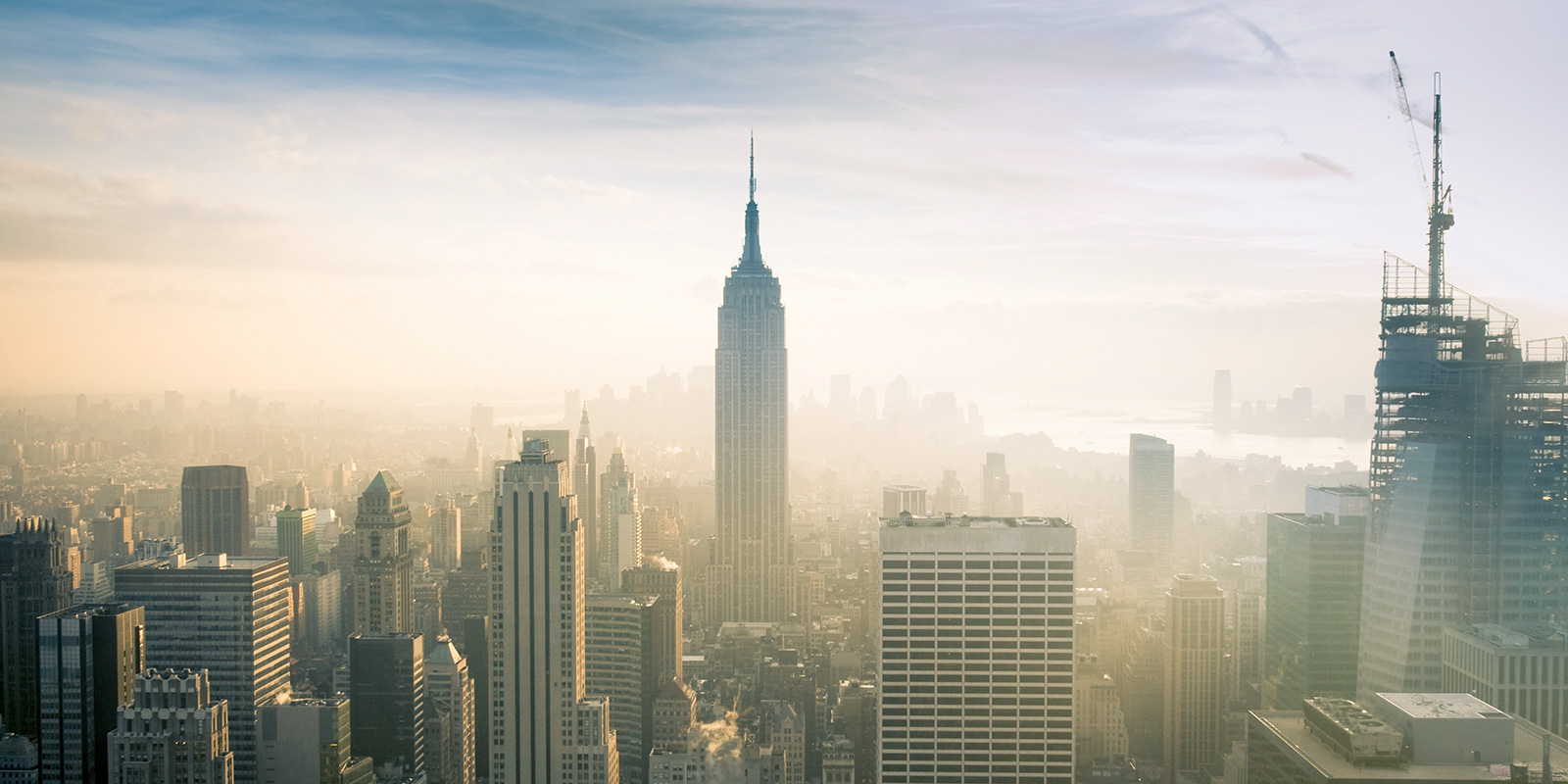
Cleaner air is not the same as clean air
Combating air pollution in North America
Although air quality in general has gradually improved in recent decades, large areas of the USA, Canada and Mexico are still plagued by polluted air. As well as its general impact on the population, air pollution has serious adverse effects in particularly for asthma sufferers, the elderly, and the very young.
According to World Health Organization (WHO) figures, the USA currently ranks 10th worldwide in PM2,5 particulate matter pollution, not far behind Canada. Although several industrialized countries show worse overall figures, comparative population densities suggest that the air in North American urban areas may be far worse than the raw data suggests.
Air pollution
91% of the world's population live in places where air pollution exceeds limits set by the World Health Organisation. 4.2 million people die each year as a result of ambient (outdoor) air pollution.
Source: WHO

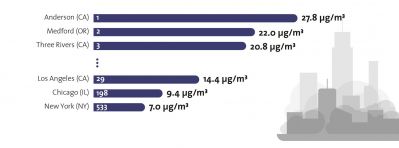
Most polluted cities in the United States
The WHO annual mean target for fine particulate matter exposure is 10 µg/m3. More than 162 cities in North America exceeded this limit in 2018.
Sources: WHO, AirVisual
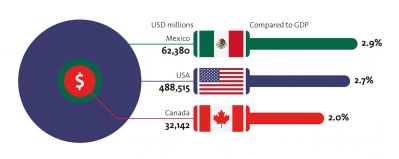
The price of pollution
Ambient air pollution exacts a heavy toll on all countries. The cost of premature deaths in the United States alone accounts for 2.7% of its GDP.
The cost (in 2015 USD million) of premature deaths from ambient particulate matter pollution and ambient ozone pollution.
Source: OECD
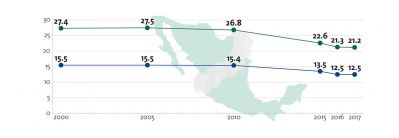
Air pollution in Mexico
The number of premature deaths attributed to ambient particulate matter per 1 million inhabitants in Mexico rose from 158.5 in 1990 to 254 in 2017. Exposure to PM2,5 in Mexico was 69% higher than the OECD average in 2017.
Source: OECD

Allergens
Roughly 20% of all Americans are allergic to pollen. The amount of pollen surges year after year, due to climate change, prolonging the length of the pollen season in North America.
Sources: Live Science, Vox, EPA
The microscopic killer
PM2,5 particles are particularly dangerous to human health because they are small enough to penetrate deep into the lungs, where they become lodged. Typical diseases associated with these tiny particles include lung cancer, heart attack and stroke. In Canada the source of PM2,5 particles may be different, as the main threats to health come from nitrogen and sulfur oxides, typically associated with diesel trucks and industrial plants. At an estimated 14,000 annual deaths related to air pollution, and based on the population count, this is still a high per capita number.
Mega-cities: a special case
For Mexico, the picture is even more worrying. In May 2019, officials in Mexico City declared an environmental emergency after the city was engulfed in haze for days. Although the situation was made worse by nearby forest fires, air quality in the Mexican capital is an ongoing and growing concern. Today, more than 21 million people are massed together in a valley where there is little wind, allowing pollution accumulate and remain stagnate. The recent emergency was so severe that outdoor normal pleasures such as sporting events and school recess were forced to be cancelled.
Practical protection at street level
Although we may feel protected inside our vehicles, we are actually more at risk there than we are at home. This is because vehicles in traffic bring high concentrations of pollutants into the cabin via the ventilation system. The best way to effectively guard and protect yourself and occupants is by installing and ensuring regular maintenance of a high performance cabin air filter which guards against pollutants.
Dave Lester, Regional Director Automotive Filters North America, explained: “Our micronAir proTect line cabin air filters offer drivers and passengers maximum in-vehicle protection. They reliably and lastingly capture almost 100% percent of fine dust, as well as virtually 100% of all allergens and mold microspores present in the airflow.”
The filter is based on a four-layer concept, with each layer performing a specific function. Two layers of synthetic fibers capture coarse to ultra-fine dust particles, while an activated carbon layer adsorbs odors and gases. Finally, a functional layer using additive-free biocides and nano-silver ions efficiently destroys allergens or renders them harmless. So while we cannot remove the causes of dangerous air pollution, we can reliably and consistently prevent them from harming vehicle occupants.
You can find out more about micronAir proTect line cabin air filters here
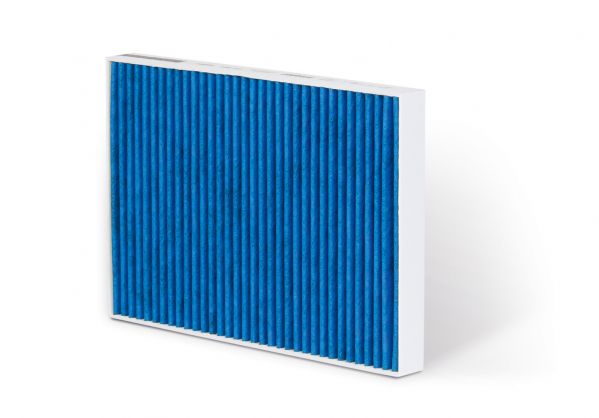
 automotive filtration insight
automotive filtration insight